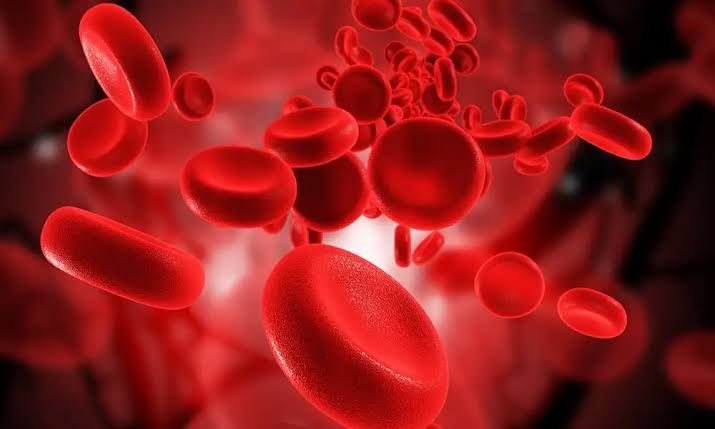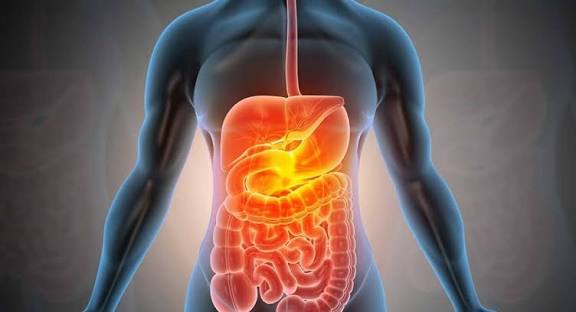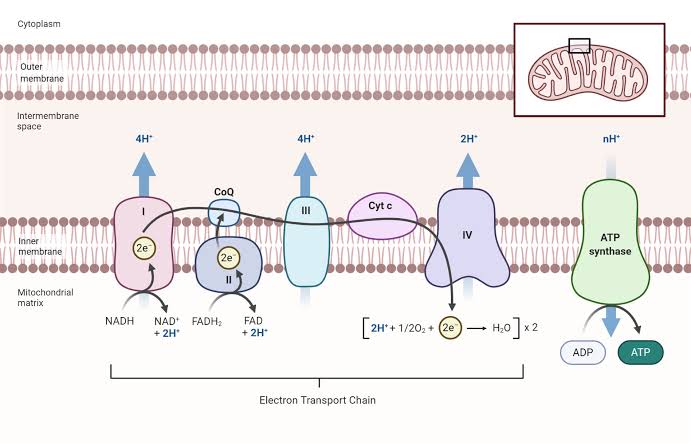
Definition of Hemoglobinopathies
Hemoglobinopathies are a group of inherited disorders characterized by abnormalities in the structure or production of hemoglobin, the protein in red blood cells responsible for transporting oxygen throughout the body. These conditions can lead to various clinical manifestations, including anemia, fatigue, and other complications related to impaired oxygen delivery.
Normal Globin Chain Configuration
Normal hemoglobin consists of four polypeptide chains: two alpha (α) chains and two beta (β) chains, forming the most common type known as hemoglobin A (HbA). Each globin chain is associated with a heme group that contains iron, which binds oxygen. The normal configuration allows for efficient oxygen transport and release in tissues.
Definition and Classification of Thalassemias
Thalassemias are a subset of hemoglobinopathies caused by mutations that affect the synthesis of globin chains. They are classified into two main types based on which globin chain is affected:
- Alpha Thalassemia: Caused by reduced or absent production of alpha globin chains.
- Beta Thalassemia: Caused by reduced or absent production of beta globin chains.
Each type can be further classified into different subtypes based on severity:
- Alpha Thalassemia:
- Silent carrier (1 gene deletion)
- Alpha thalassemia trait (2 gene deletions)
- Hemoglobin H disease (3 gene deletions)
- Alpha thalassemia major (4 gene deletions)
- Beta Thalassemia:
- Beta thalassemia minor (heterozygous)
- Beta thalassemia intermedia
- Beta thalassemia major (homozygous)
Four Possible Alpha Thalassemia Syndromes
The four possible syndromes associated with alpha thalassemia include:
- Silent Carrier State: One alpha gene is deleted; usually asymptomatic with normal hemoglobin levels.
- Alpha Thalassemia Trait: Two alpha genes are deleted; mild microcytic anemia may occur.
- Hemoglobin H Disease: Three alpha genes are deleted; moderate to severe anemia, splenomegaly, and other complications arise due to excess beta chains forming tetramers known as Hemoglobin H.
- Alpha Thalassemia Major (Hydrops Fetalis): All four alpha genes are deleted; this condition is incompatible with life and typically results in stillbirth or death shortly after birth due to severe anemia and heart failure.
Types of Mutations Responsible for Beta Thalassemia
Beta thalassemia is primarily caused by mutations in the HBB gene located on chromosome 11, which encodes the beta globin chain. The types of mutations include:
- Point Mutations: Single nucleotide changes that can lead to either a premature stop codon or alter splicing sites affecting mRNA processing.
- Insertions/Deletions: These can disrupt the reading frame leading to abnormal protein synthesis.
- Promoter Mutations: Affecting transcription levels leading to reduced beta globin production.
These mutations result in varying degrees of beta globin chain deficiency, contributing to the clinical severity observed in patients.
Laboratory Tests for Diagnosing Hemoglobinopathy and Thalassemias
Diagnosis of hemoglobinopathies and thalassemias typically involves several laboratory tests:
- Complete Blood Count (CBC): To assess hemoglobin levels and red blood cell indices.
- Hemoglobin Electrophoresis: This test separates different types of hemoglobins based on their charge and size, allowing identification of abnormal forms such as HbS or HbC.
- High-Performance Liquid Chromatography (HPLC): A more precise method for quantifying different hemoglobins present in a sample.
- Genetic Testing: To identify specific mutations associated with thalassemic conditions.
These tests provide critical information necessary for accurate diagnosis and management strategies for individuals with suspected hemoglobinopathies or thalassemias.







